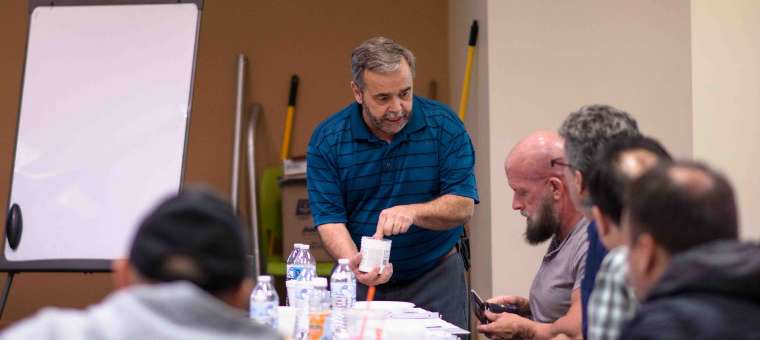Flood Restoration Category 1 Water Loss
WARNING: Handling Category 1 water damage involves significant health risks and a high chance of injury. Improper drying during the water damage restoration process can lead to severe health risks, such as illness or even death, due to the potential presence of toxic mold and structural instability.
Jon-Don strongly advises that a trained and certified professional, familiar with the industry's standards of care (IICRC S500 and IICRC S520), perform all Category 1 water damage restoration work. It's recommended that professionals attend an IICRC WRT Class and an IICRC ASD Class before tackling any water or hurricane damage projects.
Category 1 water damage originates from a sanitary water source and does not initially pose a substantial risk. However, the classification can escalate to Category 2 or Category 3 if the environmental conditions change or if time has elapsed since the occurrence.
Basic Procedure for Category 1 Water Damage
- Complete Contracts: Ensure that work contracts are fully completed before starting restoration efforts.
- Safety Hazard Identification: Identify potential safety hazards such as electrical wires in standing water or unstable structures.
- Source Identification and Containment: Locate the source of the water and halt further intrusion. Contacting a professional plumber or other contractor may be necessary.
- Furniture Protection: Protect furniture by blocking, and move smaller items out of the affected area.
- Water Extraction: Utilize a sub-surface extraction tool to remove water from carpets/pads, and employ squeegees or mops for hard surfaces. All dehumidifiers should be turned on to give the coils time to reach dew point temperature.
- Moisture Inspection: Check all areas the water may have reached, documenting moisture levels in affected areas.
- Drying Chamber Creation: Focus on drying only the wet areas by setting up a drying chamber.
- Air Movers Installation: Place air movers approximately every 10-15 linear feet, ensuring they all blow in the same direction to maximize efficiency.
- Daily Monitoring: Monitor the restoration process daily, recording all drying data and maintaining accurate records.
- Disposal and Documentation: Dispose of non-dryable items, ensuring documentation and approval from the homeowner or insurance company.
- Carpet Reinstallation: If any carpet or pad was removed, reinstall it after the drying process is complete.
- Cleaning and Protection: Once drying is complete, clean all affected areas thoroughly. For carpets, it's advisable to re-apply Scotchgard Carpet Protector to ensure long-term protection.



